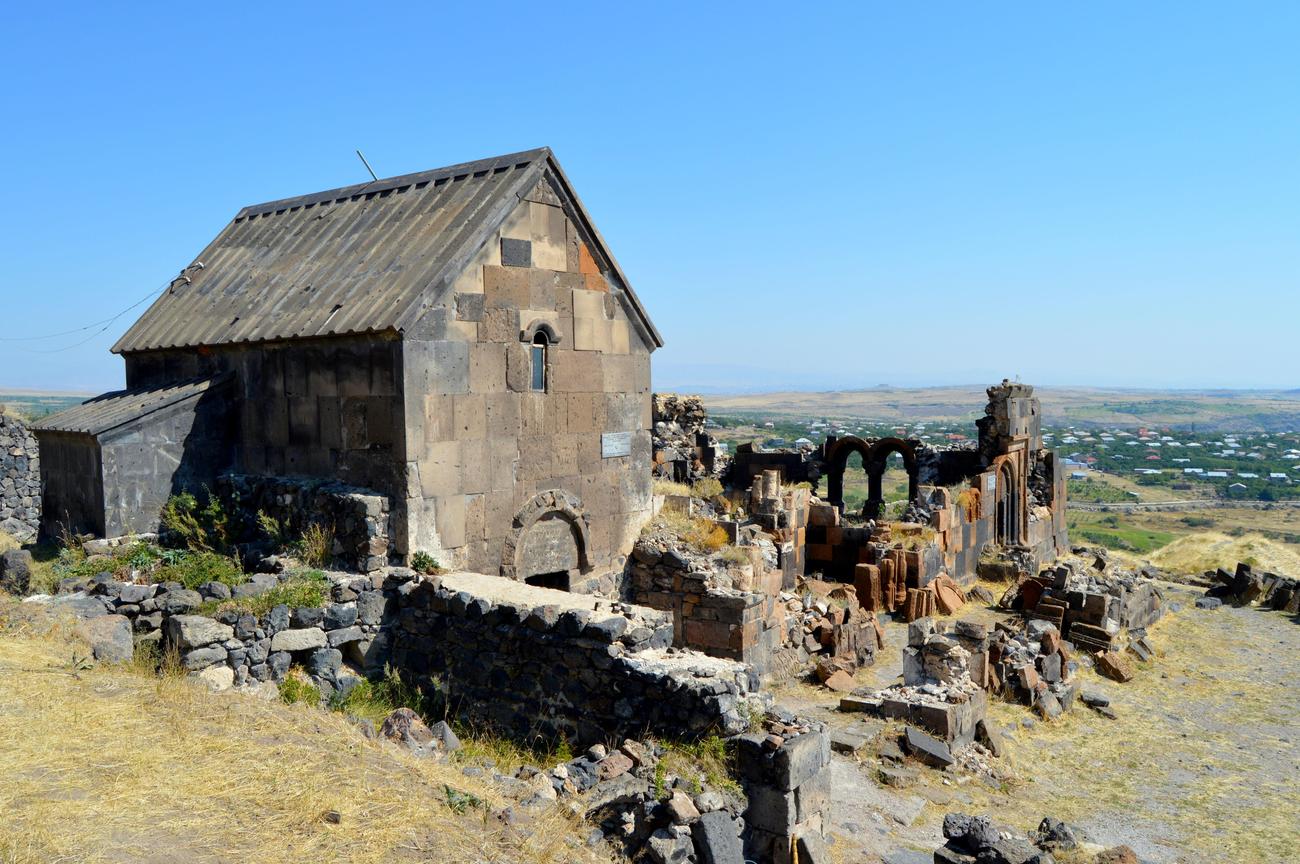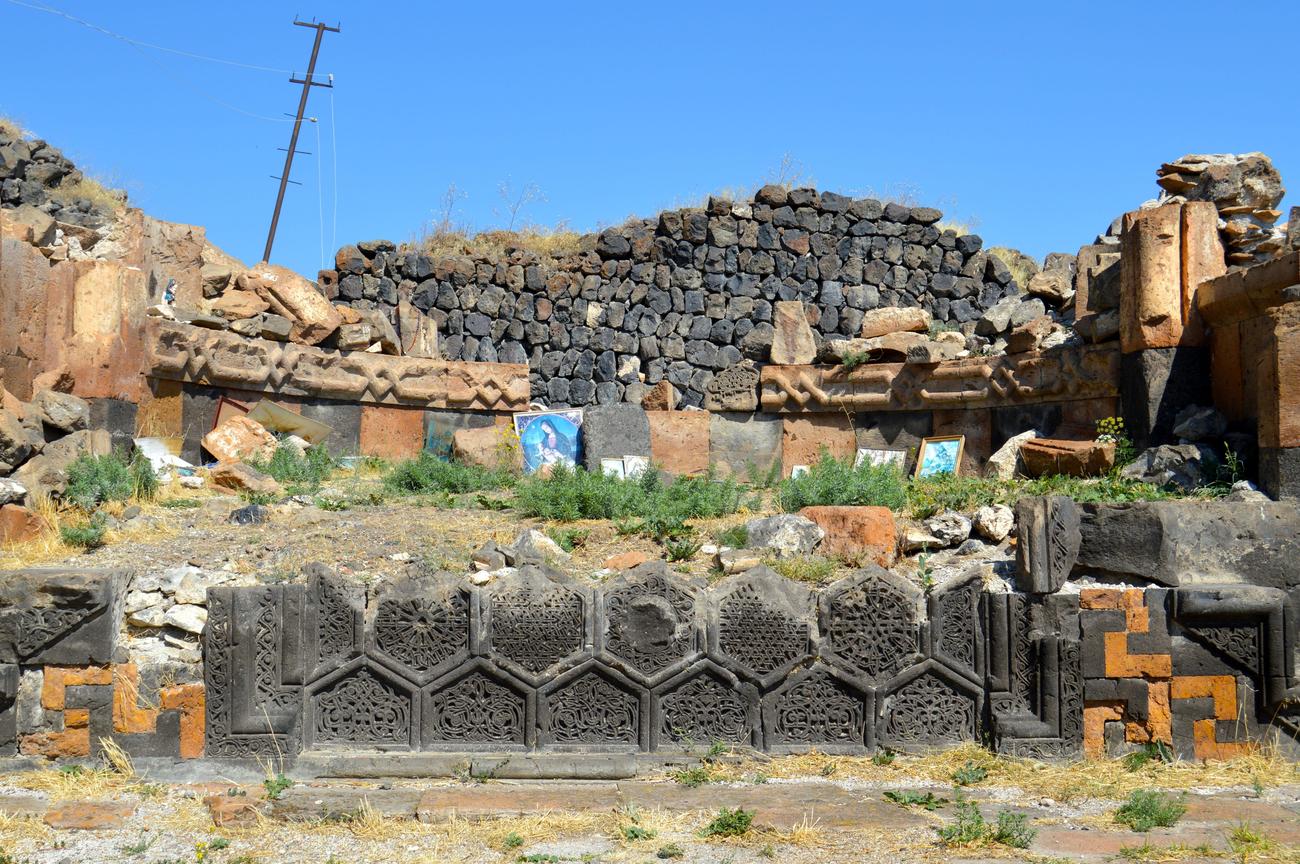Get ready to embark on a captivating journey as we unveil the enchanting secrets of Armenian churches. In this article, we will delve into the fascinating world of these magnificent architectural marvels, exploring their rich history and intricate details. From awe-inspiring mosaics to centuries-old traditions, Armenian churches hold a treasure trove of captivating facts waiting to be discovered. So, buckle up and prepare to be amazed by the fascinating facts that make Armenian churches truly extraordinary.

Unveiling the Enchanting Secrets: Fascinating Facts About Armenian Churches
Armenian churches hold within their walls a treasure trove of history, culture, and architectural marvels. From their humble beginnings as simple basilicas to their transformation into stunning structures adorned with intricate mosaics, these churches offer a glimpse into centuries-old traditions and an unparalleled religious significance. Let’s dive into some fascinating facts about Armenian churches that will leave you captivated and eager to explore their enchanting world.
1. The First Christian Nation
Armenia proudly bears the title of being the first country to adopt Christianity in 300 CE. This significant milestone in history marked the beginning of a remarkable journey for the Armenian Apostolic Church, which would go on to shape the country’s culture and identity for centuries to come. The Armenians embraced Christianity with open hearts, laying the foundation for their strong religious heritage.
“Armenia’s conversion to Christianity in 300 CE marked a turning point in history, as it became the first Christian nation. This momentous event set the stage for the rise of the Armenian Apostolic Church and its profound influence on the Armenian people.”
2. The Enlightening Role of St. Gregory the Illuminator
In the conversion of Armenia to Christianity, the overwhelming impact of St. Gregory the Illuminator cannot be overstated. He played a crucial role in convincing the Arsacid king Tiridates III to abandon paganism and embrace Christianity. St. Gregory’s efforts not only solidified the country’s commitment to the new faith but also paved the way for the construction of the first Armenian churches.
“St. Gregory the Illuminator’s unwavering dedication to spreading Christianity in Armenia played a pivotal role in the nation’s conversion. His unwavering faith and persuasive abilities brought about a spiritual awakening that reverberated throughout the land.”
3. From Basilicas to Cupola Cones
The early Armenian churches, constructed between the 4th and 7th centuries, were mostly simple basilicas with some featuring side apses. However, architectural transformations took place during the 5th century when the cupola cone design gained prominence. This distinctive architectural style, characterized by a dome resting on cylindrical walls, became widely used in Armenian churches, adding a touch of grandeur to their appearance.
“As the centuries passed, Armenian churches underwent a fascinating architectural evolution. Moving beyond the simplicity of basilicas, they embraced the elegance of cupola cones, turning these sacred spaces into awe-inspiring structures that stood as pillars of divine beauty.”
4. An Ancient Christian Institution
The Armenian Apostolic Church boasts a rich history, tracing its roots back to the early days of Christianity. It is one of the most ancient Christian institutions in the world and a prominent member of Oriental Orthodoxy. However, its relationship with other Christian denominations has been marred by controversy, with the Roman Catholic and Eastern Orthodox Churches referring to the Armenian Apostolic Church as monophysite. This theological disagreement, though significant, does not diminish the church’s profound spiritual impact.
“The Armenian Apostolic Church holds a prominent place among the ancient Christian institutions, contributing to the rich tapestry of Christianity. While theological differences have led to strained relationships with other denominations, the Armenian church’s spiritual and cultural significance remains undiminished.”
5. Central Religious Authority
The Armenian Apostolic Church serves as the central religious authority for the Armenian Orthodox population, both within Armenia and across the globe. Headed by a Catholicos, the church plays a vital role in guiding the faithful, preserving Armenian cultural identity, and fostering a deep sense of community among its followers. However, it is important to note that the Armenian Apostolic Church does not ordain women to the priesthood, reflecting the traditional practice observed in this religious institution.
“As the central religious authority for the Armenian Orthodox population, the Armenian Apostolic Church assumes the vital responsibility of nurturing the soul of its followers. Through the guidance of a steadfast Catholicos, the church ensures the preservation of both faith and culture, fostering a deep sense of unity and belonging among its devoted worshippers.”
6. A Multitude of Sacred Spaces
Armenia proudly boasts a plethora of churches and monasteries, both within its borders and beyond. Estimated to be around 4,000 in number, these sacred spaces serve as testaments to the nation’s enduring faith and commitment to Christianity. Each church and monastery holds its own stories, imparting a sense of awe as visitors traverse their hallowed halls and marvel at their architectural splendor.
“Armenia emerges as a treasure trove for those in search of spiritual sanctuaries. With an impressive array of 4,000 churches and monasteries, both within its borders and scattered across the globe, the country stands as a testament to the profound devotion and spiritual heritage of the Armenian people.”
7. Canonization of Genocide Victims
In 2015, the Armenian Apostolic Church performed a momentous act by canonizing all the victims of the Armenian genocide. This historic event marked the largest canonization service ever conducted, honoring the memories of those who tragically lost their lives. This act of remembrance, reverence, and healing solidified the church’s role in memorializing the past while offering hope for a better future.
“The sweeping canonization of the victims of the Armenian genocide in 2015 stands as a testament to the Armenian Apostolic Church’s commitment to honoring the memories of those lost. This poignant act of remembrance ushers in a new chapter of healing, offering solace to the bereaved and hope for a brighter future.”
Armenian churches unfold like captivating stories, inviting us to delve into the rich tapestry of their history, cultural significance, and architectural splendor. With their intriguing past, the Armenian Apostolic Church and its sacred spaces continue to captivate our imagination, providing a deep and meaningful connection to centuries of tradition and faith.
So let us embark on this enchanting journey through time and immerse ourselves in the fascinating world of Armenian churches, where each step unveils a captivating secret and each moment is filled with awe-inspiring beauty.
Are you curious about the intriguing and captivating facts about the Armenian Church? Discover the mysteries and rich history of this ancient religious institution by clicking here: facts about armenian church. Embark on a journey through time and explore the traditions, architecture, and cultural significance that make the Armenian Church truly unique. Unveil the secrets and stories that have been passed down through generations, immersing yourself in the awe-inspiring world of the Armenian Church. So, what are you waiting for? Dive into a realm of enlightenment and click the link to uncover these captivating facts.
FAQ
Question 1: When did Armenia adopt Christianity?
Answer 1: Armenia adopted Christianity in 300 CE, making it the first country to do so.
Question 2: Who played a crucial role in converting the Arsacid king Tiridates III to Christianity?
Answer 2: St. Gregory the Illuminator played a crucial role in converting the Arsacid king Tiridates III to Christianity.
Question 3: What types of churches were built in Armenia between the 4th and 7th centuries?
Answer 3: Between the 4th and 7th centuries, the first Armenian churches were mostly simple basilicas, some with side apses. Later, the cupola cone became widely used.
Question 4: How many churches and monasteries are estimated to be in Armenia?
Answer 4: It is estimated that Armenia has numerous churches and monasteries, with approximately 4,000 located within and outside the country’s boundaries.
Question 5: When did the Armenian Apostolic Church canonize the victims of the Armenian genocide?
Answer 5: The Armenian Apostolic Church canonized all the victims of the Armenian genocide in 2015, marking the largest canonization service in history.
“`json
“`
- Mastering Leader in Spanish: The Complete Guide - April 19, 2025
- Uncovering Surprising Parallels: England Size Compared to US States - April 19, 2025
- Old Mexico Map: Border Shifts 1821-1857 - April 19, 2025
















